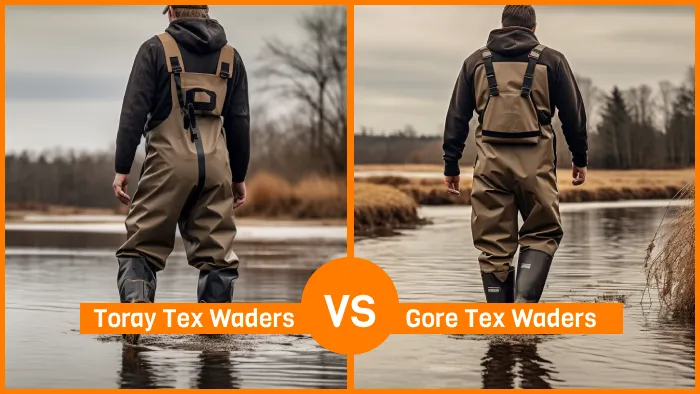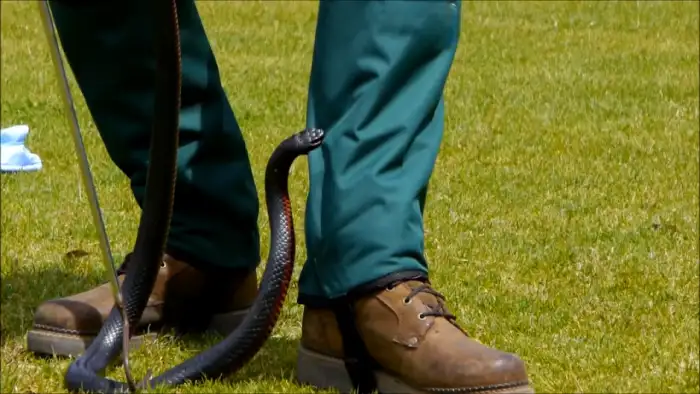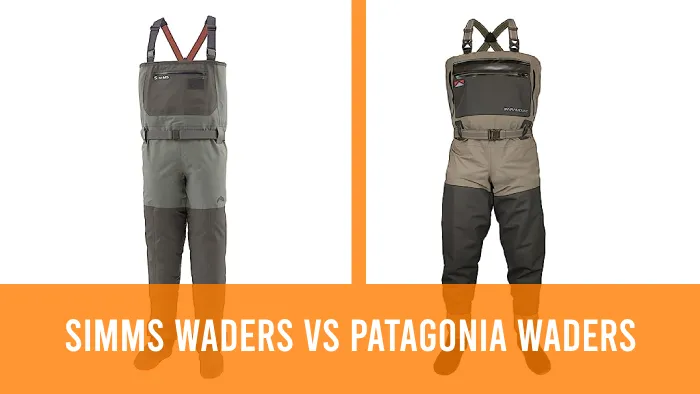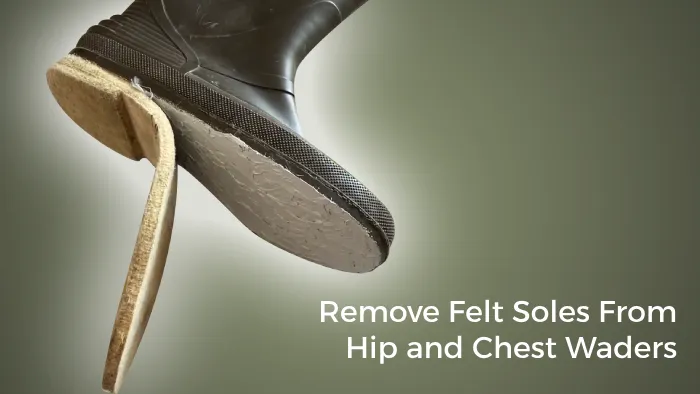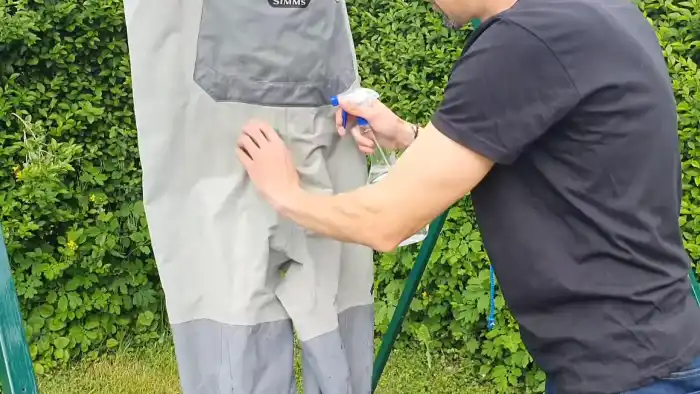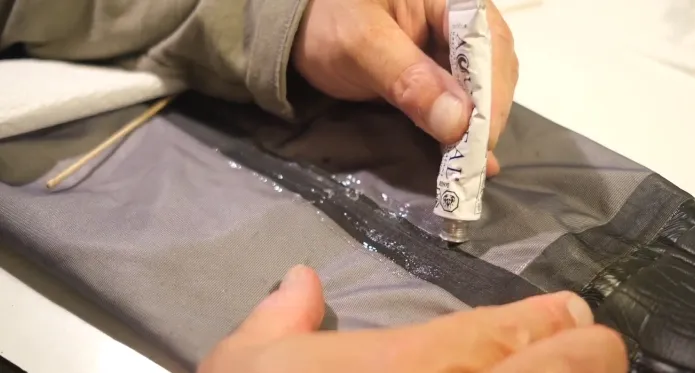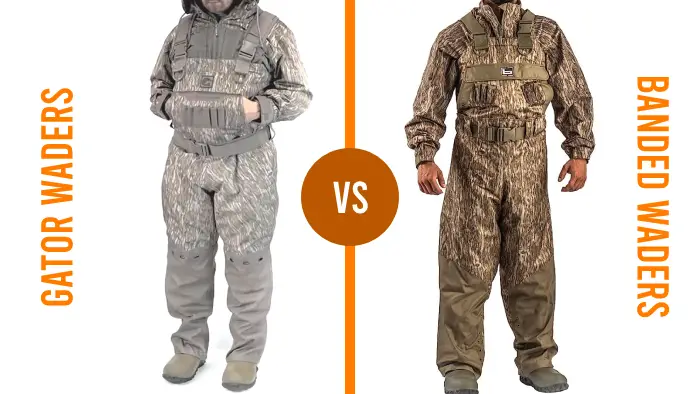Toray vs Gore Tex Waders for Fishing: 6 Differences to Know
Fishing wader fabrics come in a variety of options, but Toray and Gore-Tex are two of the most popular and trusted fabrics. Both types have a reputation for producing high-quality and reliable products, making it a tough decision for anglers to choose between them.
Toray and Gore-Tex both use innovative manufacturing techniques for lightweight and durable products.
Still, Toray fabrics have superior moisture-wicking properties and overall comfort, while Gore-Tex fabrics are known for their excellent breathability and ability to regulate body temperature.
Throughout this article, we will examine the details of Toray and Gore-Tex waders, comparing their manufacturing process, breathability and comfort, waterproof rating, and performance. By the end of this article, you will clearly understand which type is more suitable for your specific fishing needs. So keep reading.
Toray vs Gore-Tex Waders for Fishing: Key Differences
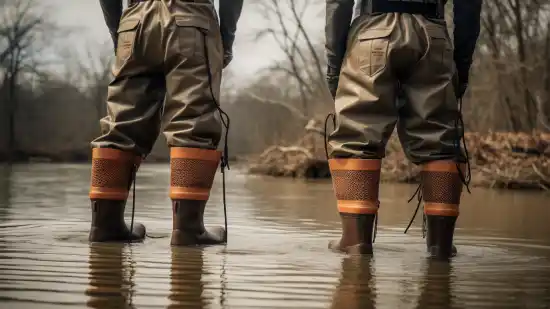
Toray and Gore-Tex are two synthetic materials used in wader manufacture. While they share some similarities, they differ in manufacturing, properties, and performance. Here are the key differences between Toray and Gore-Tex:
- Manufacturing and material composition
- Breathability and comfort
- Waterproof rating and performance
- Recyclability and environmental impact
- Washing and maintenance
- Cost and availability
Let’s discuss these differences in detail:
1. Manufacturing and Material Composition
The material composition of Toray and Gore-Tex differs in terms of the polyurethane film used in Toray and the stretched polytetrafluoroethylene fabric used in Gore-Tex.
Toray is made from a thin polyurethane (PU) film that absorbs water vapor. This hydrophilic membrane is non-porous and utilizes the ‘monkey-bar’ method to repel water. It allows water molecules to move through the fabric and escape through the top layer.
Conversely, Gore-Tex is made from polytetrafluoroethylene (ePTFE) fabric that has been stretched and cut into required shapes. It uses a microporous membrane made from Teflon, consisting of tiny holes too small for water drops to pass through but large enough to allow vapor to escape.
2. Breathability and Comfort
One notable aspect of Toray and Gore-Tex is how they differ in breathability and comfort. Toray fabrics are designed to become more breathable as you sweat, with breathability ratings ranging from 10,000 g/m²/24h to 50,000 g/m²/24h.
Toray is great for intense physical activities and cold, dry conditions. The hydrophilic membrane manufacturing process contributes to its increased breathability.
Alternatively, Gore-Tex fabrics are also breathable and ventilated, allowing moisture and sweat to escape from the inside. Its breathability ratings range from 15,000 g/m²/24h to 25,000 g/m²/24h on different versions.
However, some users have reported that Gore-Tex can be less breathable over time as the waterproof coating wears off. Gore-Tex is renowned for its durability due to the ePTFE material, but some versions may be stiff.
3. Waterproof Rating and Performance
If you’re looking for a high level of waterproof performance, you’ll find that both Toray and Gore-Tex offer impressive ratings and reliable protection against water penetration.
Toray has a waterproof rating of 20,000mm, indicating a strong resistance to water penetration. Its non-porous hydrophilic membrane repels water through a unique ‘monkey-bar’ process.
In contrast, Gore-Tex products have a range of waterproof ratings, typically between 20,000mm and 28,000mm. This indicates that they also provide excellent protection against water penetration. Gore-Tex achieves this through a microporous membrane that effectively keeps water out while allowing vapor to escape.
4. Recyclability and Environmental Impact
Regarding recyclability and environmental impact, note that Toray is more environmentally friendly than Gore-Tex due to its 100% recyclable composition.
Toray is made from polyurethane, which can be completely recycled at the end of its life cycle. This means that Toray products can be reused or turned into new materials, reducing waste and minimizing the need for raw materials.
As opposed to this, Gore-Tex, with its ePTFE composition, is less recyclable. The manufacturing process of Gore-Tex products involving ePTFE may also have a larger environmental impact than Toray.
5. Washing and Maintenance
To maintain these garments’ waterproof and breathable properties, use a gentle, liquid detergent when washing them. When washing Toray garments, you can use ordinary detergent, making maintenance simpler.
However, when washing Gore-Tex garments, you need to be more careful. Gore-Tex requires a gentle, liquid detergent to retain its waterproof and breathable qualities. This is because harsh detergents can strip away the protective coatings that enable Gore-Tex to repel water and allow moisture to escape.
Using a liquid detergent ensures the garments are thoroughly cleaned without compromising performance. It is also recommended to follow the manufacturer’s instructions for washing and drying to ensure longevity and effectiveness.
6. Cost and Availability
Toray products may be more limited when considering cost and availability than Gore-Tex. This is because Gore-Tex is a well-established type with a strong market presence. You will likely find Gore-Tex products in various stores and online retailers.
However, this wider availability also comes with a higher price tag. Due to its reputation and the quality of its materials, Gore-Tex products can be more expensive than some alternatives.
Alternatively, while Toray may be less widely available, it may offer a more affordable option for waterproof and breathable materials.
Is anything better than Gore-Tex for fishing?
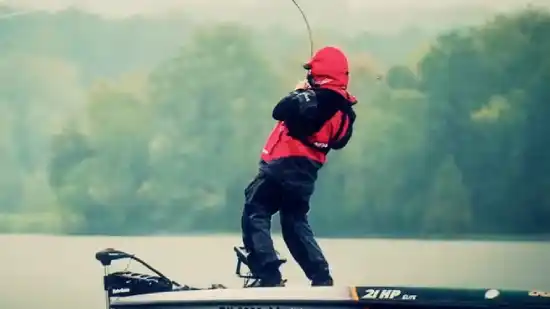
Due to its hydrophobic coating, you should consider waxed cotton as a better alternative to Gore-Tex for fishing. This coating allows the fabric to repel water, keeping you dry and comfortable on the water.
Waxed cotton has been used for centuries in outdoor clothing and has proven durable and reliable. Waxed cotton is naturally water-resistant, unlike Gore-Tex, which relies on a membrane to keep water out.
It is also a more sustainable option, not requiring chemicals or energy-intensive manufacturing processes. Also, waxed cotton is easily repairable, unlike Gore-Tex, which can be costly to fix or replace.
What are the disadvantages of Gore-Tex waders?
Gore-Tex waders have a few downsides, including their high cost, vulnerability to seams, and difficulty in maintaining them.
- Firstly, Gore-Tex waders are known for being pricier, making them less accessible to budget-conscious fishermen.
- Also, the seams of Gore-Tex waders are weak and can easily be compromised, leading to leaks and reduced durability.
- Maintaining Gore-Tex waders can also be challenging, as they require special care to maintain their waterproof properties and ensure longevity.
- Lastly, producing Gore-Tex waders involves using chemicals, which can raise concerns for those who prioritize sustainability and eco-friendly products.
These disadvantages should be taken into consideration when choosing waders for fishing purposes.
Are Gore-Tex waders too hot for summer fishing?
Wearing Gore-Tex waders during summer fishing may cause them to feel warmer due to their slightly reduced breathability.
While Gore-Tex is known for its highly breathable and waterproof properties, the Gore-Tex lining in the waders does compromise its breathability, making them a little warmer than other options.
The reduced breathability of Gore-Tex waders means that they may not allow as much airflow, leading to increased heat retention inside the waders. This can be especially noticeable during hot summer days with high temperatures.
However, it should be noted that the level of warmth experienced can vary depending on individual factors such as body temperature, activity level, and external conditions.
Are Toray waders as good as Gore-Tex waders?
Toray fabric can provide a durable and weatherproof garment comparable to Gore-Te when properly made. Pound for pound, Gore-Te may have the edge regarding durability and overall weatherproof capabilities, but Toray fabric is not far behind.
Toray is trusted for its high-quality materials and innovative technology. It is designed to withstand harsh conditions and protect against water and wind.
Toray fabric is engineered to focus on breathability, ensuring moisture is efficiently wicked away from the body to keep you dry and comfortable. Also, Toray waders are often more affordable than Gore-Te waders, making them a great option for those looking for high-performance gear without breaking the bank.
Is Toray waders fabric waterproof?
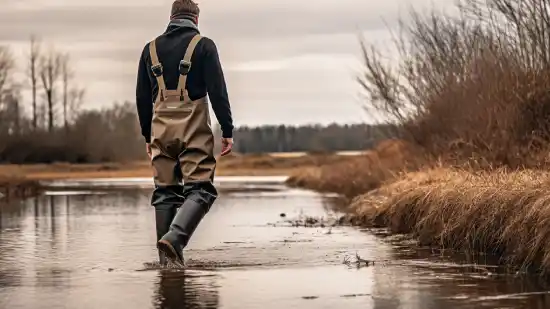
Toray is known for producing highly sophisticated and technical membranes that achieve the highest level of waterproofness. This fabric is designed to be resistant to condensation and provide excellent breathability.
To determine if Toray waders fabric is waterproof, you should check the technical specifications and ratings of the material. The technical specifications and ratings are key to assessing the fabric’s waterproofness.
Look for information on the membrane’s water resistance rating, such as the hydrostatic head measurement, which indicates the fabric’s ability to withstand water pressure.
Also, consider additional features or treatments, such as DWR (Durable Water Repellent) coatings, as these can enhance the fabric’s water resistance.
Toray Fabric or Gore-Tex: Find the Perfect Fishing Waders for You
Both Toray and Gore-Tex waders offer excellent options for fishing enthusiasts.
While Gore-Tex is widely regarded as the gold standard, Toray waders are a worthy competitor. Although Gore-Tex may have some advantages regarding breathability, Toray waders are still highly waterproof and provide great comfort.
The choice ultimately depends on individual preferences and needs. Like two skilled anglers casting their lines, Toray and Gore-Tex waders offer different but equally impressive performances, ensuring a memorable fishing experience.

